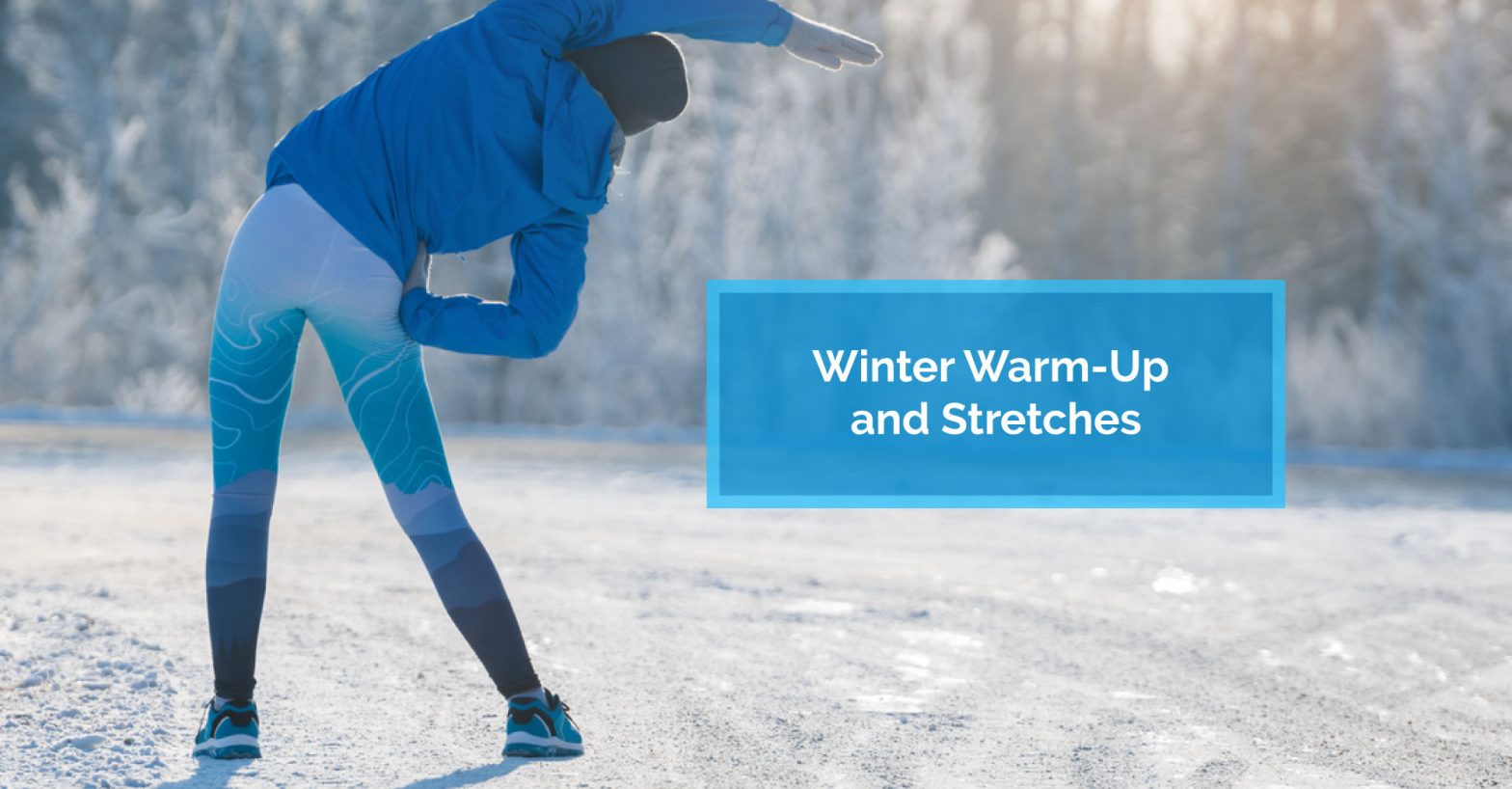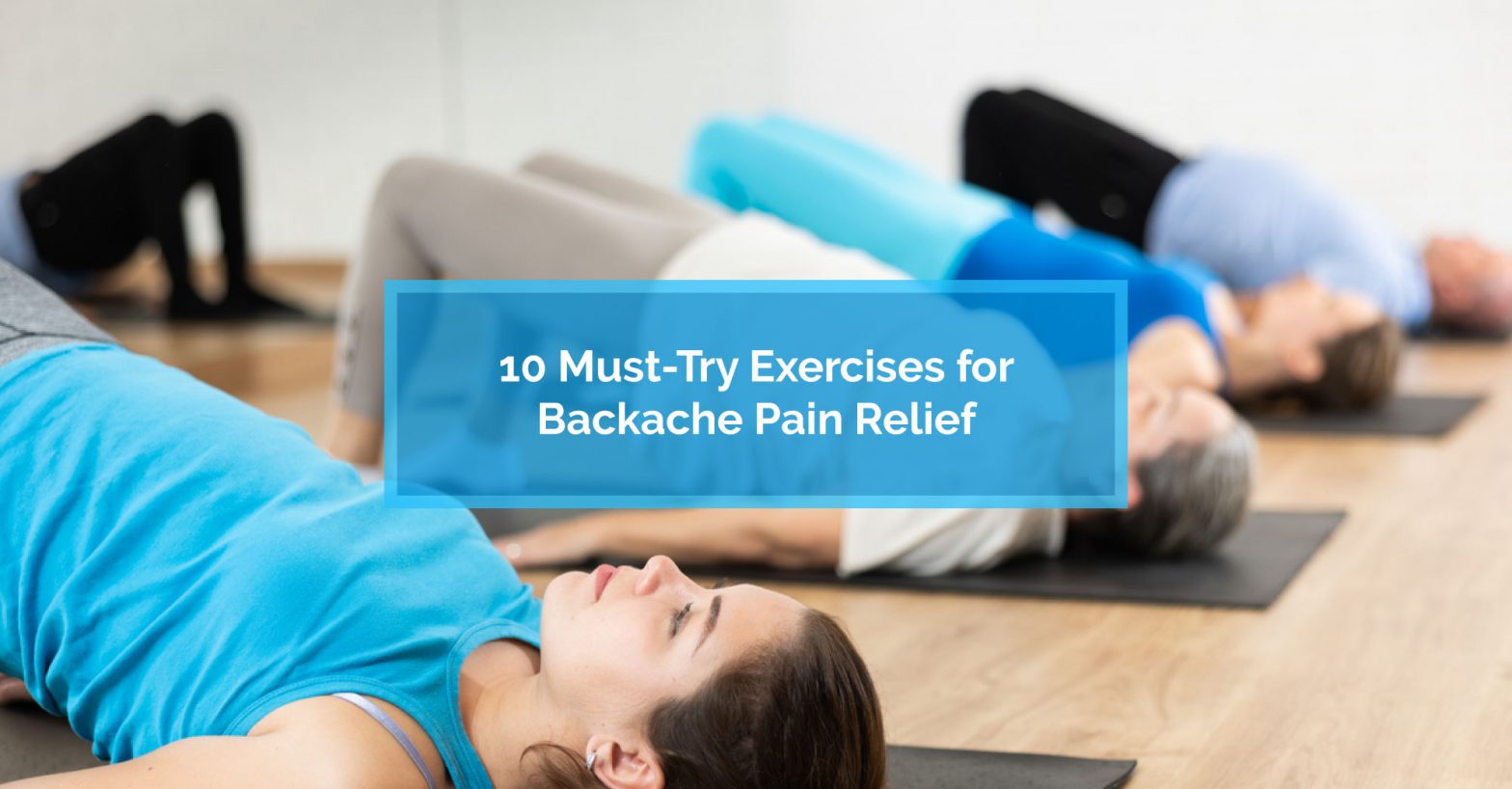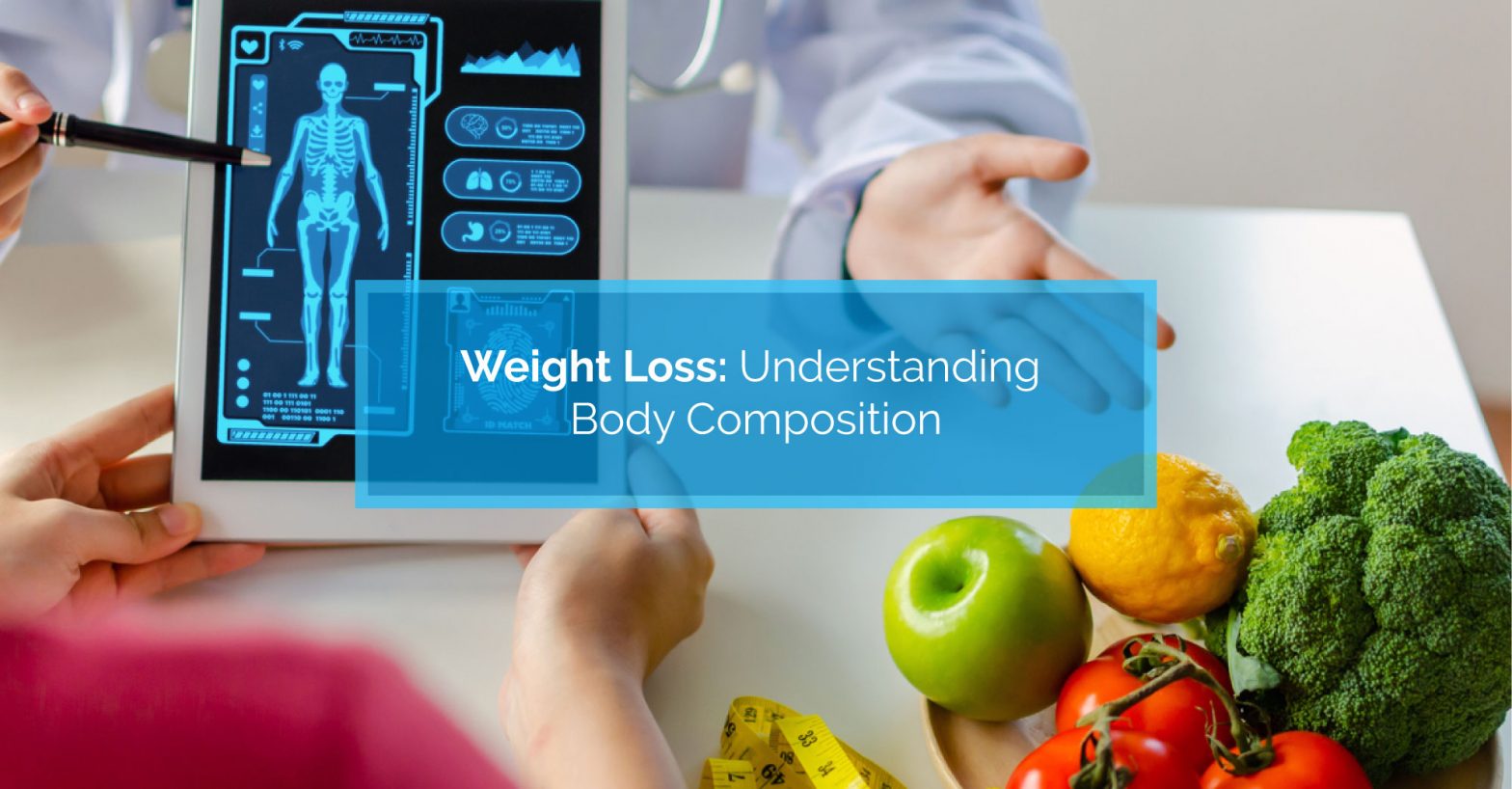10 Must-Try Exercises for Backache Pain Relief...
Key Highlights: Backache pain is a common issue that can…
Read More
Posted by Dr. Scott Wilson | 16-Dec-2015
To many people, staying indoors and effectively hibernating until spring is the best way to get through the winter. However, while that might sound like a good idea, it’s not the best idea for your health. The truth is that winter exercise is a great idea. There are so many benefits to staying active, including maintaining a healthy body weight, lowering your risk of certain illnesses, improving your mood and much more. However, in winter, you need to increase the amount of time you spend on warm up. After all, cold winter temperatures make muscles tighter, so injuries are more common. Plus, your body doesn’t perform as well when your muscles are cold. If you want to reduce the risk of injury and boost your performance, be sure to spend time stretching and warming up. Here are a few tips:
If you need help with developing an effective warm up and stretching routine, please don’t hesitate to give us a call. Remember, at Physiomed…Healthier Starts Here.

Key Highlights: Backache pain is a common issue that can…
Read More
Key Highlights: Neck pain can be caused by various factors…
Read More
Lower back pain is a common health concern that affects…
Read More
When it comes to weight loss, many people focus solely…
Read More
Stress has become an increasingly common and often overwhelming experience…
Read More
Sciatica pain is a common complaint that affects many people…
Read More